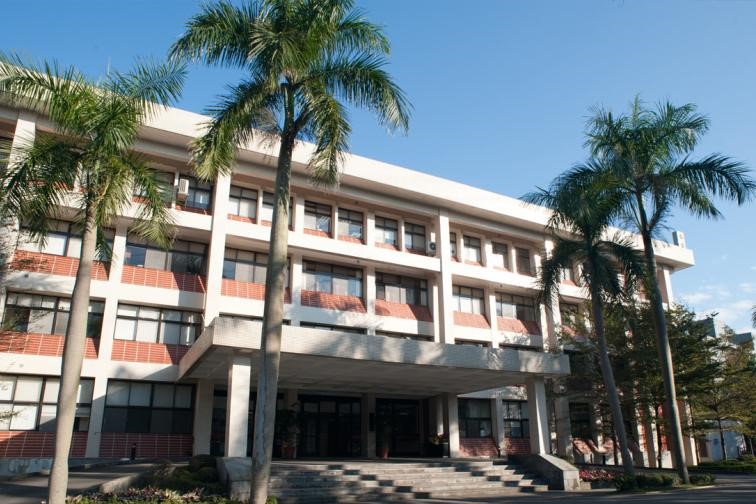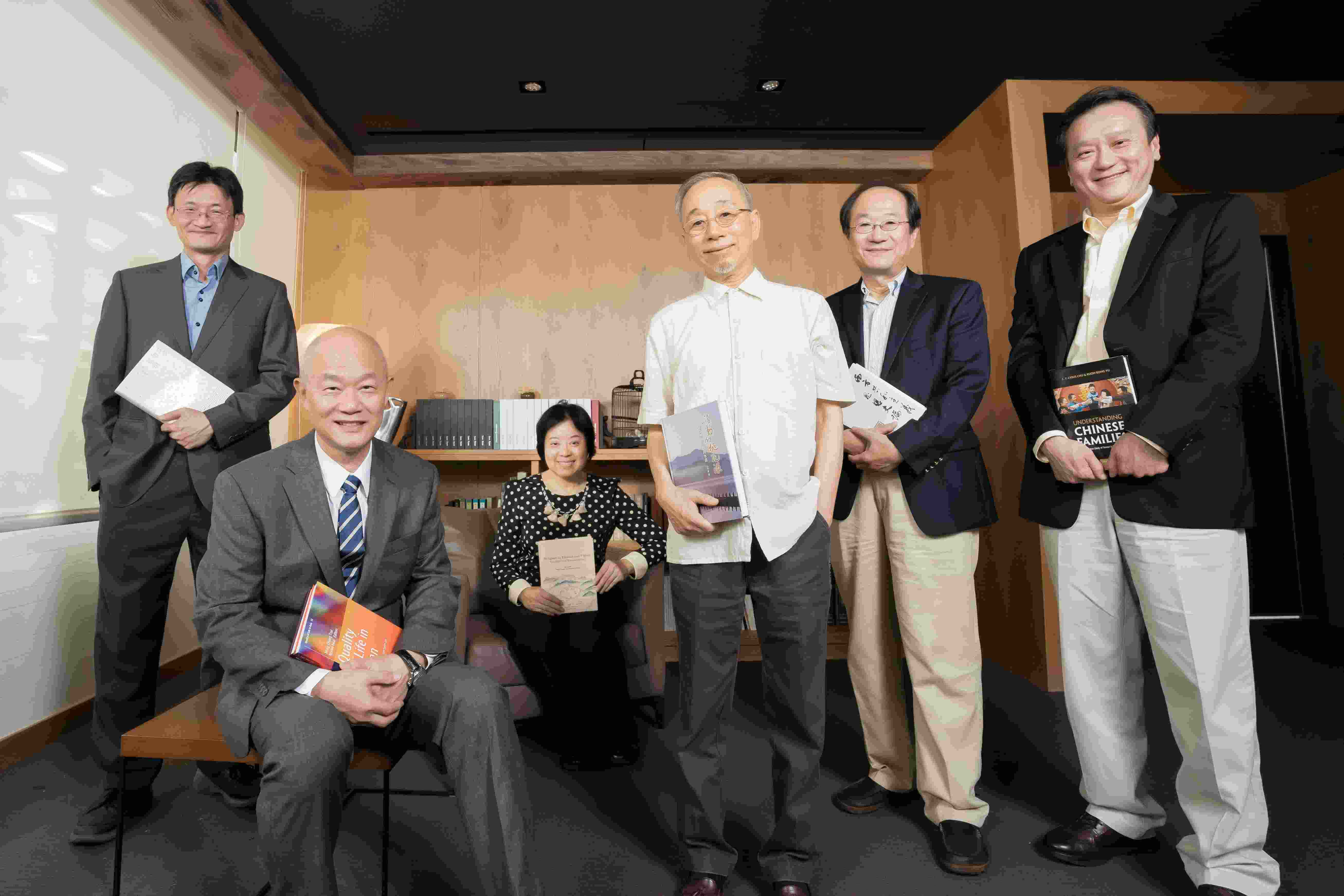- 演講或講座
- 語言學研究所
- 地點
人文館南棟5樓519會議室
- 演講人姓名
蕭素英 副研究員
- 活動狀態
確定
- 活動網址
A corpus-based diachronic study of copulas and pseudo-copulas in Mongolian
Su-ying HSIAO
Institute of Linguistics, Academia Sinica
suying@sinica.edu.tw
This paper reports some preliminary results of an ongoing study of copulas and pseudo-copulas in Mongolian from a diachronic perspective.
Constructions containing copulas a- ‘to be’, bö-/bü-/bui/buyu ‘to be’, bi ‘is, exists’, bayi- ‘to be, stay, exist, live, reside’, yum ‘thing’ and pseudo-copulas bol- ‘to become; to be; to exist’ were examined.
Preliminary results show that a- is in near-complementary distribution with bö-/bü-/bu-. a- and bü- were gradually replaced by bayi- and yum. Some forms of bö-/bü-/bu- were lexicalized. For instance, bui ‘being, existing; is, am, are’ was grammaticalized into an interrogative particle, while buyu and bolun (a converb form of bol-) developed the conjunctive ‘or’ and ‘and’ usages respectively. We also suggest that copular bö-/bü-/bu- originated from the imperative verb bü- ‘don’t do’, a development in parallel with that of deriving bayi- ‘to be, stay, exist, live, reside’ from the verb bayi- ‘to stand; to stop’









 首頁
首頁

